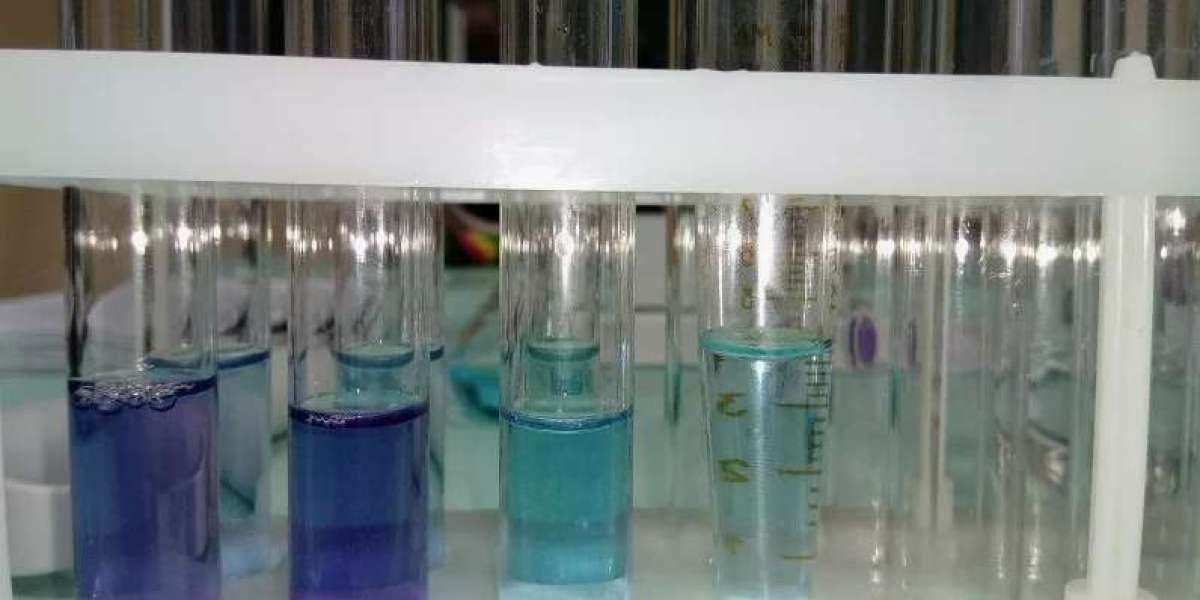What is the Biuret Test?
The Biuret Test identifies proteins by detecting peptide bonds, which are the chemical links between amino acids in a protein chain. When a protein solution is treated with Biuret reagent—a solution of copper sulfate and an alkaline substance—a color change indicates the presence of proteins.
Principle of the Biuret Test
The test relies on the interaction between the copper ions in the Biuret reagent and the peptide bonds in proteins. In an alkaline medium, copper ions form a complex with the nitrogen atoms of the peptide bonds, resulting in a color change:
- No Protein Present: The solution remains blue.
- Protein Present: The solution turns violet due to the formation of the copper-peptide complex.
The intensity of the violet color correlates with the concentration of proteins, making the Biuret Test both qualitative and semi-quantitative.
Steps to Perform the Biuret Test
- Prepare the Sample: Take a small amount of the sample solution (e.g., milk, egg white, or serum) in a test tube.
- Add Biuret Reagent: Add a few drops of Biuret reagent to the sample.
- Mix the Solution: Shake or stir gently to ensure thorough mixing.
- Observe the Color: A purple or violet color indicates the presence of proteins.
Applications of the Biuret Test
1. Medical Diagnostics
- Used to measure protein levels in blood serum for diagnosing health conditions such as kidney or liver diseases.
2. Food Industry
- Ensures proper protein content in products like milk, meat, and supplements.
3. Biological Research
- Analyzes protein content in cell cultures, enzymes, or other biological samples.
4. Educational Demonstrations
- Commonly used in school and university laboratories to teach students about protein chemistry.
Advantages and Limitations
Advantages:
- Simple and quick to perform.
- Cost-effective with easily available reagents.
- Reliable for detecting protein concentrations.
Limitations:
- Cannot differentiate between different types of proteins.
- May not detect small peptides or amino acids as they lack sufficient peptide bonds.
- Requires alkaline conditions for the reaction.
Comparison with Other Protein Tests
| Test | Target Molecule | Sensitivity | Purpose |
|---|---|---|---|
| Biuret Test | Proteins (Peptide Bonds) | Moderate | General protein detection |
| Bradford Assay | Proteins (Aromatic Residues) | High | Quantitative protein analysis |
| Ninhydrin Test | Free Amino Acids | High | Detects individual amino acids |
| Lowry Assay | Proteins | Very High | Highly sensitive protein assay |
The Biuret Test is a cornerstone in protein chemistry, offering a simple yet effective method to identify and estimate protein levels. Whether in medical diagnostics, food quality control, or laboratory research, the Biuret Test provides valuable insights into the composition and function of proteins. By mastering this test, professionals and students alike contribute to advancing knowledge in biochemistry and applied sciences.



